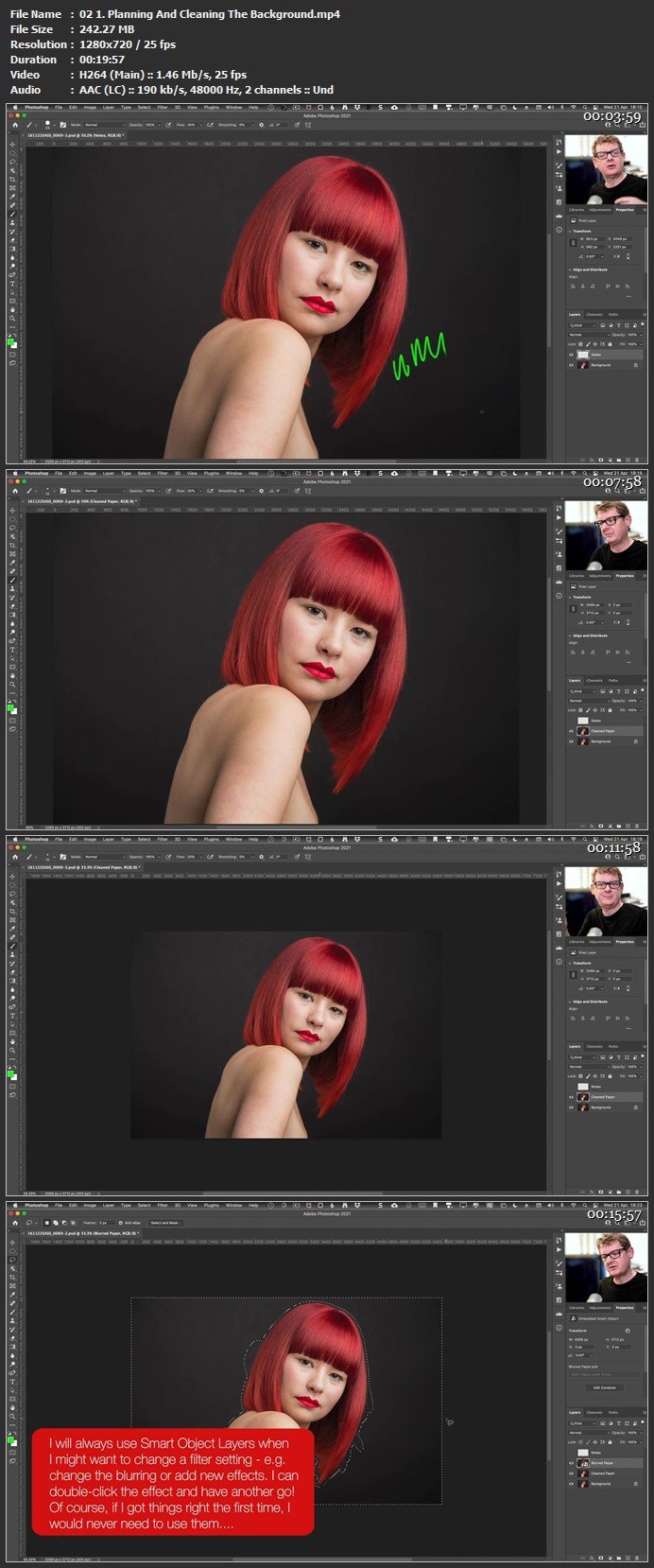
Which is a bit like creating your own film.īut it only takes a second to realize how powerful it is, too. If you want to save the result for another day, you can save it as a preset. Or you can show the controls, pick a rendering and fine tune it with sliders.


And certainly beats the pantaloons off buying rolls of the stuff to see what it looks like. If you elect to Hide the controls, you can just sample the various options displayed in the filmstrip at the bottom of the screen. However you've launched FilmPack 3, the interface is the same.

Generic Fuji: Astia 100, Provia 100, Velvia 100.Kodak: E-100 GX Ektachrome 100, Ektachrome 100 VS, Elite ExtraColor 100, Elite Chrome 200/400, Kodakchrome 25/64/200.The four categories are, as you might expect, Color Positive Film, Color Negative Film, Black and White Film, and Cross Processed Film.
Best dxo filmpack filter for portrait full#
The full list of 60 emulsion renderings includes four categories (not counting a Custom Preset category of settings you can save derived from variations of the standards). They shot the film and had it processed in leading labs both in New York and Paris - Picto in Paris and Duggal in New York - before analyzing the results to build the renderings.
Best dxo filmpack filter for portrait upgrade#
FilmPack 3 is a healthy upgrade from FilmPack 2.Īnd how they did it is interesting. The company revised a number of the emulsion renderings and added 10 more while updating the user interface.
That wasn't all that DxO was coding, though. FilmPack 3 includes a few new tools as well, including: Customized film effects, Hue/Saturation/Lightness sliders, a Channel Mixer, Creative Vignetting and a Noise Removal tool.


 0 kommentar(er)
0 kommentar(er)
